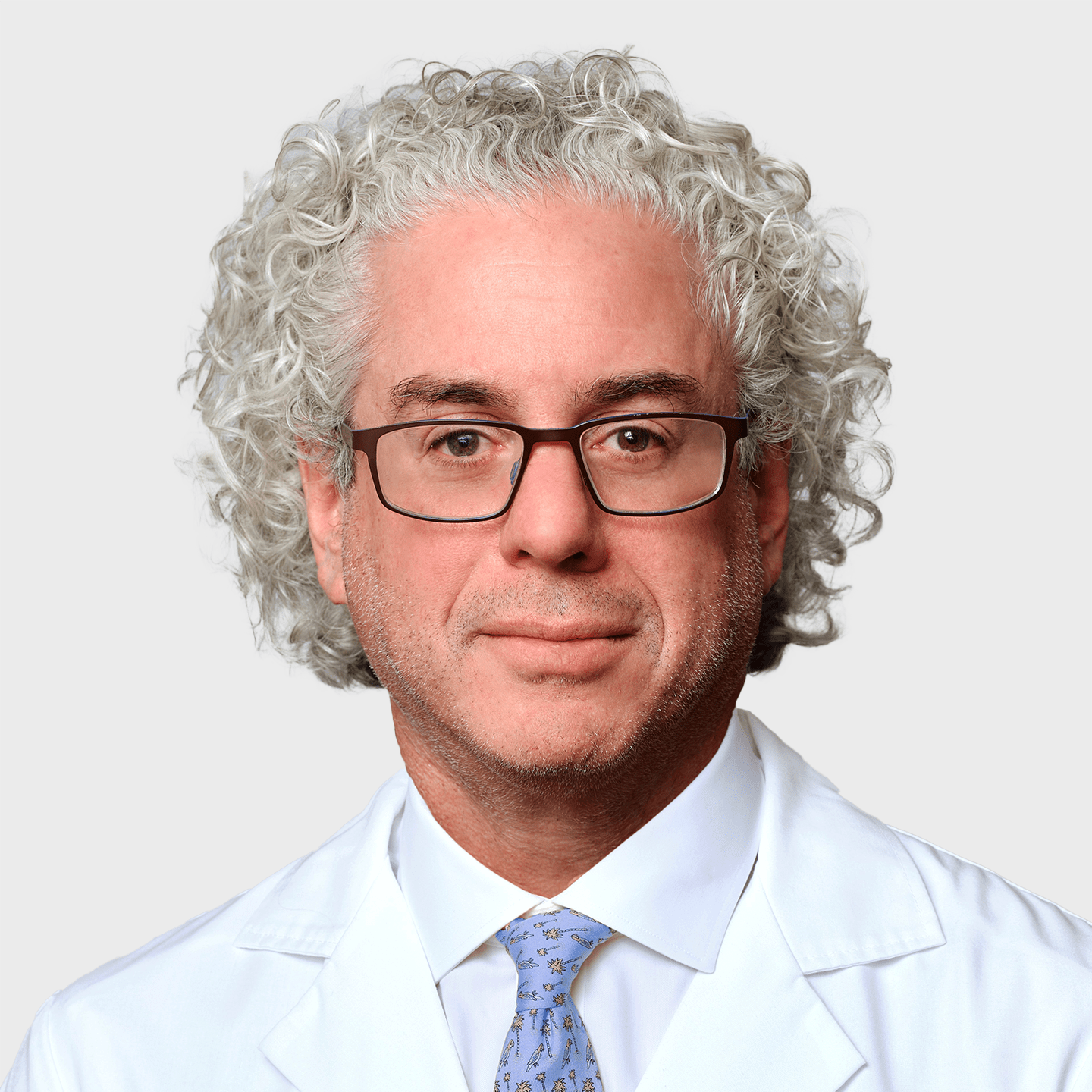Where It Hurts: My Neck
Your neck, or your cervical spine, supports the weight of your head and is vulnerable to injury and disorders that may restrict motion and cause pain. Neck pain can be sudden, due to injury, or it can be a gradual onset without any specific inciting event or trauma. Neck pain can also radiate down into your shoulders and arms. Herniated discs in your neck can cause numbness, weakness, and/or pain in your arms and hands. Learn more about conditions that cause neck pain and how the spine experts at OSA & Merrimack Valley Spine Center can help.
Common Neck Injuries and Conditions
We see people with all types of neck pain. The most common injuries and conditions we treat are:
- Arthritis: Arthritis causes pain, swelling, and loss of mobility in your neck. Arthritis can happen over time as your cartilage wears out (osteoarthritis).
- Bone spurs: Bone spurs (also called osteophytes) are small pieces of excess bone that can grow along your cervical spine. If they get large enough, they can start to push on your spinal nerves. Bone spurs in the neck can cause pain and numbness that radiates down your arms or up into your head, as well as neck stiffness.
- Degenerative disc disease: Degenerative disk disease is when your spinal disks wear down. When this cushioning erodes, it can be painful and can cause other problems like scoliosis.
- Disc problems: As we get older, the discs that cushion the bones of our neck get less flexible. The discs can even rupture. This can cause neck pain that radiates down your arm and makes it hard to turn your head or bend your neck.
- Nerve problems: With age, your spinal canal (which your spinal cord runs through) can thicken and narrow. This puts pressure on your spinal nerves, including the nerves in your neck. Sometimes called a “pinched nerve,” the pain radiates into the shoulder blade, and you may feel weakness in your arm and hand.
- Osteoporosis: Osteoporosis is a disease that weakens bones, especially in older women. In addition to being a leading cause of broken bones in older people, it can cause a person to stoop or hunch, which makes neck pain worse.
- Spinal cord injuries: The term ‘spinal cord injury’ refers to damage to the spinal cord resulting from trauma (e.g. a motor vehicle accident), disease (e.g. cancer), or degeneration.
- Spinal stenosis: Spinal stenosis is a common condition where the spinal canal, which contains the nerve roots and spinal cord, becomes narrowed leading to nerve compression with numbness and weakness.
- Sprains and strains: The soft tissues of your neck (muscles, tendons, and ligaments) can get strained or overstretched. This can happen because of poor posture, a fall, or other sudden movement. A sprain or a strain can cause loss of mobility but usually gets better with rest.
- Whiplash: Whiplash happens when your neck moves forcefully back and forth, often because of a car accident or fall. It causes neck pain and stiffness and makes it hard to move your neck. You can also have headaches, fatigue, dizziness, and tingling and numbness in your arms.
We see people with all types of neck pain. The most common injuries and conditions we treat are:
- Arthritis: Arthritis causes pain, swelling, and loss of mobility in your neck. Arthritis can happen over time as your cartilage wears out (osteoarthritis).
- Bone spurs: Bone spurs (also called osteophytes) are small pieces of excess bone that can grow along your cervical spine. If they get large enough, they can start to push on your spinal nerves. Bone spurs in the neck can cause pain and numbness that radiates down your arms or up into your head, as well as neck stiffness.
- Degenerative disc disease: Degenerative disk disease is when your spinal disks wear down. When this cushioning erodes, it can be painful and can cause other problems like scoliosis.
- Disc problems: As we get older, the discs that cushion the bones of our neck get less flexible. The discs can even rupture. This can cause neck pain that radiates down your arm and makes it hard to turn your head or bend your neck.
- Nerve problems: With age, your spinal canal (which your spinal cord runs through) can thicken and narrow. This puts pressure on your spinal nerves, including the nerves in your neck. Sometimes called a “pinched nerve,” the pain radiates into the shoulder blade, and you may feel weakness in your arm and hand.
- Osteoporosis: Osteoporosis is a disease that weakens bones, especially in older women. In addition to being a leading cause of broken bones in older people, it can cause a person to stoop or hunch, which makes neck pain worse.
- Spinal cord injuries: The term ‘spinal cord injury’ refers to damage to the spinal cord resulting from trauma (e.g. a motor vehicle accident), disease (e.g. cancer), or degeneration.
- Spinal stenosis: Spinal stenosis is a common condition where the spinal canal, which contains the nerve roots and spinal cord, becomes narrowed leading to nerve compression with numbness and weakness.
- Sprains and strains: The soft tissues of your neck (muscles, tendons, and ligaments) can get strained or overstretched. This can happen because of poor posture, a fall, or other sudden movement. A sprain or a strain can cause loss of mobility but usually gets better with rest.
- Whiplash: Whiplash happens when your neck moves forcefully back and forth, often because of a car accident or fall. It causes neck pain and stiffness and makes it hard to move your neck. You can also have headaches, fatigue, dizziness, and tingling and numbness in your arms.
Physicians

- Physiatry
- Spine
Practicing in:
North Chelmsford
- Spine
Practicing in:
North Chelmsford






